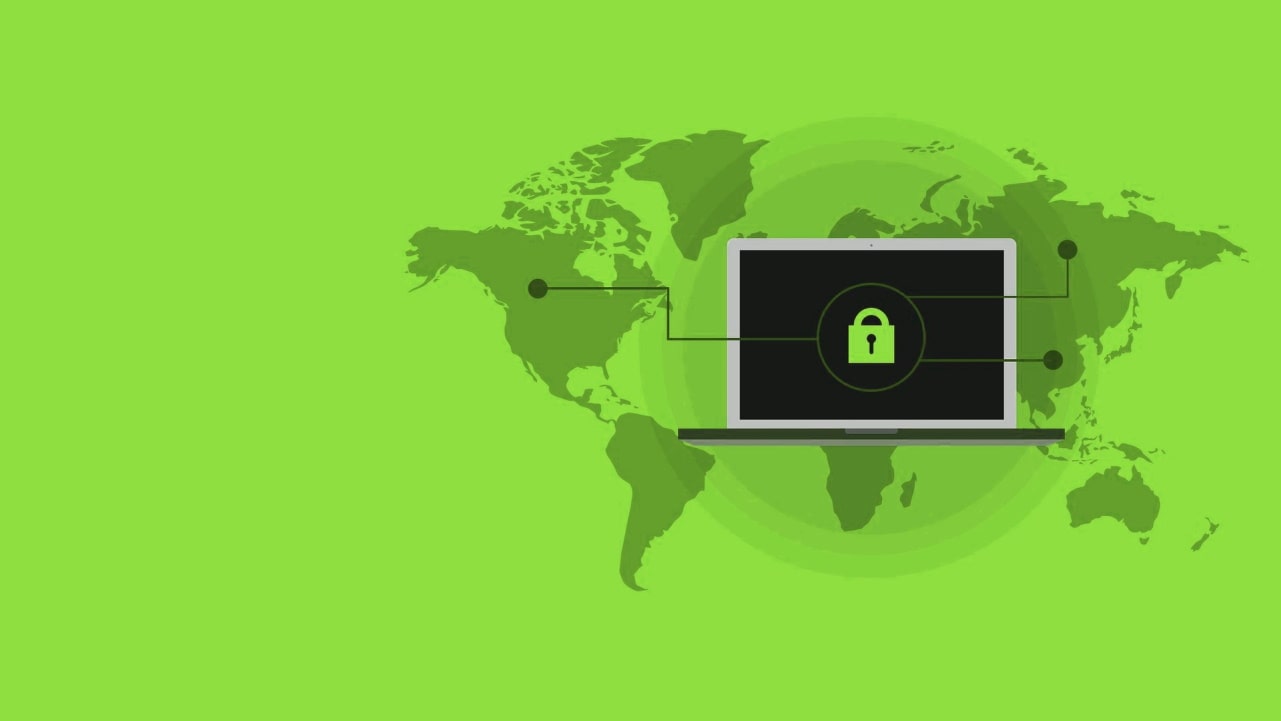The Crucial Role of Domain Names in Enhancing Online Security – How to Protect Your Organization from Cyber Threats through Strong Passwords, Two-Factor Authentication, SSL/TLS Certificates, Monitoring, User Education, and Choosing a Domain Name Registrar with Strong Security Features.
Domain names are the human-readable names used to identify websites on the internet. They serve as the entry point for users to access websites and communicate with online services. However, domain names are not just simple names, but they play a vital role in cybersecurity. A domain name is a critical component of a website’s security infrastructure, and it can either make or break the security of an online system. In this article, we will discuss the relationship between domain names and cybersecurity, and how they are interlinked.
Cybersecurity is a critical issue in today’s world. As more and more people and businesses are conducting their activities online, the need for robust cybersecurity measures has become increasingly important. Cybercriminals are constantly devising new methods to exploit vulnerabilities in online systems, and one of the most common ways they do this is by targeting domain names. Domain names can be hijacked, spoofed, or compromised, and cybercriminals can use them to carry out various cyberattacks such as phishing, malware distribution, and identity theft.
Phishing is one of the most common cyberattacks carried out through domain names. Phishing attacks involve cybercriminals sending emails or creating fake websites that mimic legitimate ones. The goal of the attacker is to trick the user into divulging their personal information, such as login credentials, credit card information, or social security numbers. The fake websites or emails are designed to look as similar as possible to the real ones, making it difficult for users to detect the deception.
Domain names are often used in phishing attacks to make the fake websites or emails appear legitimate. Cybercriminals register domain names that are similar to the legitimate ones, often by adding or removing a letter or a symbol. For example, a cybercriminal might register the domain name “paypaI.com,” which looks very similar to the legitimate domain name “paypal.com,” except for the letter “I” instead of “L.” The user might not notice the difference and enter their login credentials, which the attacker can then steal.
Another way domain names are used in cyberattacks is through malware distribution. Cybercriminals often use domain names to host malware, which they then distribute through various means such as email attachments or malicious websites. Once the user clicks on the link or downloads the attachment, the malware infects their system, giving the attacker control over their computer.
Domain names can also be used in identity theft. Cybercriminals can register domain names that contain the names of famous individuals, brands, or businesses. They then use these domain names to create fake social media profiles, websites, or email addresses, which they use to trick users into divulging their personal information or money. For example, a cybercriminal might create a fake website called “Facebookhelpdesk.com” and claim to be a Facebook representative, asking users to provide their login credentials or credit card information to fix an issue with their account.
So, how can domain names be used to enhance cybersecurity?
There are several ways in which domain names can be used to improve online security:
Use strong passwords: It is essential to use strong passwords for domain name accounts, which should be changed regularly. Strong passwords should be at least eight characters long and contain a combination of upper and lowercase letters, numbers, and special characters.
Implement two-factor authentication: Two-factor authentication adds an extra layer of security to domain name accounts by requiring a second form of verification, such as a text message or a mobile app, in addition to the password.
Use SSL/TLS certificates: SSL/TLS certificates encrypt the communication between the user’s computer and the website, making it difficult for attackers to intercept or steal data. Websites that use SSL/TLS certificates have a padlock icon in the address bar and use the “https” protocol instead of “http.”
Monitor domain name registrations: Monitoring domain name registrations can help identify fraudulent or suspicious activity. Organizations can use tools that alert them when a domain name is registered that contains their brand name or trademark, allowing them to take appropriate action if necessary.
Educate users: Educating users about the risks of cyberattacks and how to detect and avoid them can go a long way in improving online security. Users should be informed about how to spot fake websites, how to check for SSL/TLS certificates, and how to avoid clicking on suspicious links or downloading attachments from unknown sources.
Use a domain name registrar with strong security features: Domain name registrars play a crucial role in ensuring the security of domain names. Organizations should choose a registrar that offers strong security features such as two-factor authentication, encryption, and monitoring.
Domain names and cybersecurity are closely linked, and domain names play a critical role in online security. Cybercriminals often use domain names to carry out various cyberattacks such as phishing, malware distribution, and identity theft. However, domain names can also be used to enhance cybersecurity by implementing strong passwords, two-factor authentication, SSL/TLS certificates, monitoring, user education, and using a domain name registrar with strong security features. It is essential for organizations to take these measures seriously and to prioritize the security of their online systems to protect themselves and their users from cyber threats.

